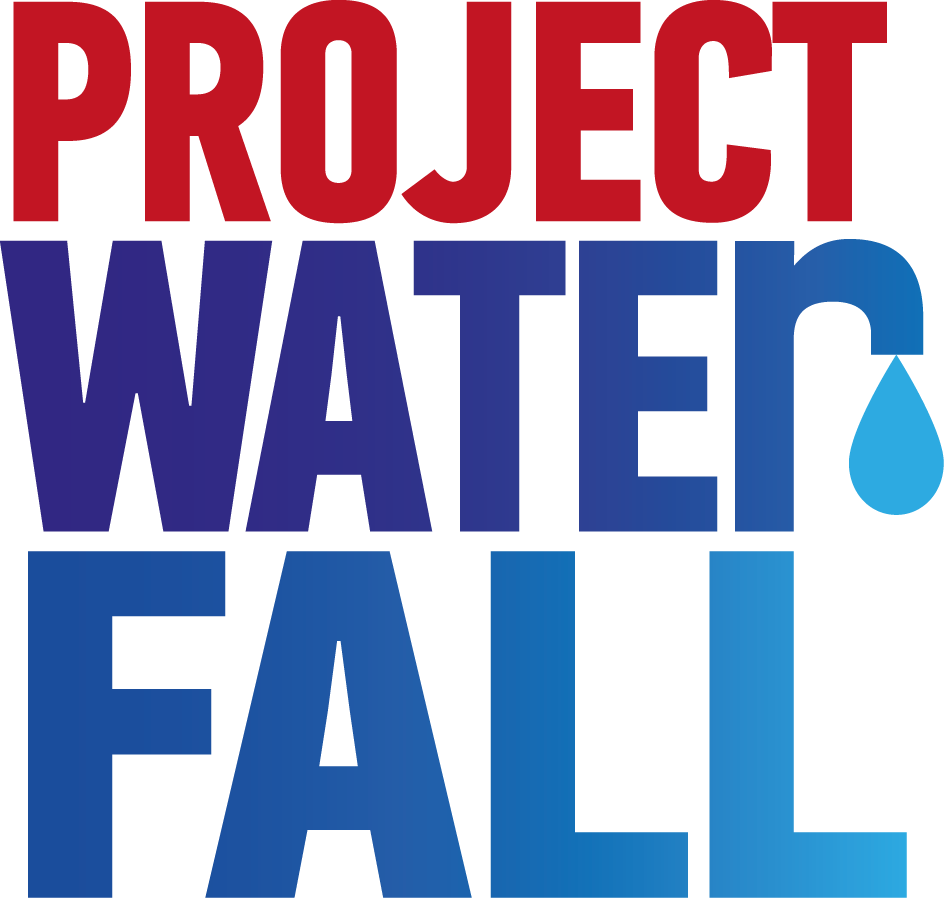For those us who live with plenty of water to drink, we might question whether it is important to protect our local water sources. Water feels so unlimited when it flows from our taps, and it is easy to forget that water is a precious resource we are fortunate to have. Never take your access to sufficient and safe water for granted. You can help protect your local water source by following these easy tips!
1. Conserve water in any way you can: The less water we use on a day to day basis, the less water we are draining from our local water sources. Take shorter showers, turn off the tap while brushing your teeth, wait to use the dishwasher until you have a full load – anything that avoids potentially wasteful water usage.
2. Collect rainwater: Rainwater can be an incredibly useful extra source of water, and its use can reduce a household’s water usage by 70%. Next time it rains, try leaving out a rain bucket and using the water collected to water your plants.
3. Limit the use of fertilizers and pesticides: These products can be damaging if they make it into our local watersheds. Luckily, many natural and organic fertilizers and pesticides exist that can keep your garden looking beautiful while also conserving our environment.
4. Choose native plants to grow in your garden: If you are having trouble keeping your plants alive and well without the use of fertilizers and pesticides, try doing some research to learn what plants are native to your community. Native plants are much more resilient within their own environments, and have a much better chance of surviving through different climates they are accustomed to living in.
5. Use eco-friendly cleaning supplies: Just like fertilizers and pesticides, cleaning supplies used in our homes somehow find their way back to our watersheds. This can be harmful because shampoos and soaps are not always filtered out of our treated water, and the chemicals found in these products can cause algae to grow uncontrollably and ruin the quality of our water.
6. Pick up pet waste: E-coli is a dangerous bacteria found in pet waste that causes serious human illnesses. The simple act of picking up after our pets is an important step in ensuring that the water in our watersheds stays clean and safe to drink.
7. Take cars to commercial washers: Washing our cars in the driveway leads to soapy runoff that goes straight to our storm drains and contaminates local water supplies. Commercial washers, instead, filter their water and then send the water to local treatment plants. If you must wash your car at home, however, the best alternative is to park it on the grass, which will help absorb some of the detergent.
8. Plant a tree: Surprisingly, one of a watershed’s greatest contaminates is not chemicals or toxic runoff, but excess soil. Too much soil can throw off the pH balance in water, which changes the environment for the plants and animals inside it. Trees and shrubs act as a buffer to hold soil in its place, especially if planted near the water’s edge.
9. Don’t litter: This is the easiest trick in the book. Keeping our trash off the street is a surefire way of keeping it out of local bodies of water.
10. Tell your friends: If we all work together to follow these simple steps, we can make a huge difference in the safety and quality of our water. Access to clean water is a necessary gift that people all over the world go without every day. Let’s show that we don’t take that gift for granted.











